- Write by:
-
Wednesday, December 27, 2023 - 20:55:48
-
80 Visit
-
Print
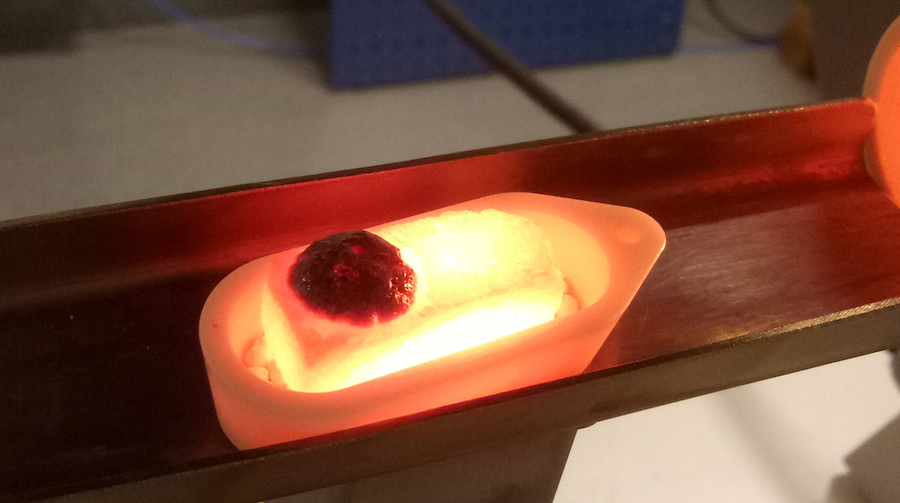
The different chemical and physical properties of biofuels pose serious challenges to the idea of reducing carbon dioxide emissions from lime kilns, new research has found.
“The infiltration of ash slag that settles in the protective inner walls of the furnace is more extensive from biomass fuel than from coal fuel due to the different chemistry of the fuels,” Naresh Kumar Wagri, a scientist at Umeå University, explained.
Kumar Wagri pointed out that in industrial furnaces, boilers and incinerators where high-temperature processes take place, an internal shell is needed to protect against high temperatures and chemical attacks. These linings are usually made from bricks of ceramic materials that can withstand high temperatures. Typical industries where these refractory liners are used are metallurgy, quicklime production, cement production, glass production and the petroleum and energy sectors.
One problem is that the high temperatures and chemical interactions in some industrial processes cause the refractory materials to degrade. If molten fuel ash enters the refractories through pores and small cracks, corrosion can occur. When the refractory materials wear out, the lining has to be replaced, causing the whole process to be shut down for several days. These stoppages result in production losses and expensive maintenance, including new lining materials.
Limestone is burned to lime in lime kilns at temperatures above 1,000°C. Kumar Wagri, thus, investigated how the conversion to biofuels in lime production kilns affects the lining material. The overall goal of the research was to develop knowledge about what happens to refractory materials in lime kilns when fossil fuels are replaced by renewable fuels.
Biomass fuels can come from bio-based waste streams from industries or be grown specifically for combustion. However, the ash content and properties of bio-based fuels tend to be problematic from an ash chemistry perspective. Therefore, before introducing a new fuel source, it is important to investigate its potential effects on the furnace lining material.
Kumar Wagri’s results show that infiltration of ash slag into the lining material changes the microstructure of refractory materials, causing degradation. The problem is more widespread than when using coal fuel because of the different chemistry of the fuels.
“The next step could be extended to other types of biomass fuels and other qualities of refractories,” the researcher said.
Short Link:
https://www.miningnews.ir/En/News/627797
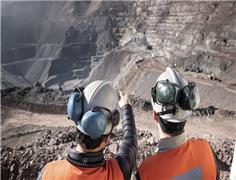
Anglo American Plc said it is has received an unsolicited non-binding combination proposal from BHP Group.

A Russian arbitration court ruled on Monday that four units of Swiss commodities trader Glencore will pay more than 11.4 ...

China’s state planner on Friday finalized a rule to set up a domestic coal production reserve system by 2027, aimed at ...

The world’s coal-fired power capacity grew 2% last year, its highest annual increase since 2016, driven by new builds in ...

Peabody Energy Corp. shares sunk to the lowest in seven months after the biggest US coal miner warned that first-quarter ...
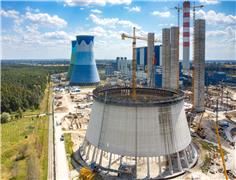
Polish government is abandoning plans to separate coal-fired power plants into a special company and is considering ...
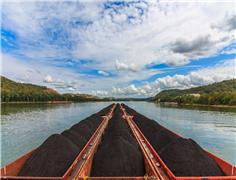
BMO Bank quietly dropped its policy restricting lending to the coal industry in late 2023, helping it avoid being ...
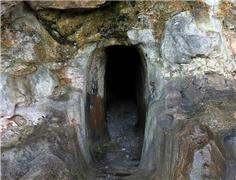
Researchers at the University of Edinburgh discovered that bacteria found in areas polluted by acid mine drainage had ...
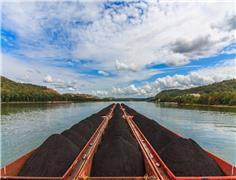
BMO Bank quietly dropped its policy restricting lending to the coal industry in late 2023, helping it avoid being ...
No comments have been posted yet ...